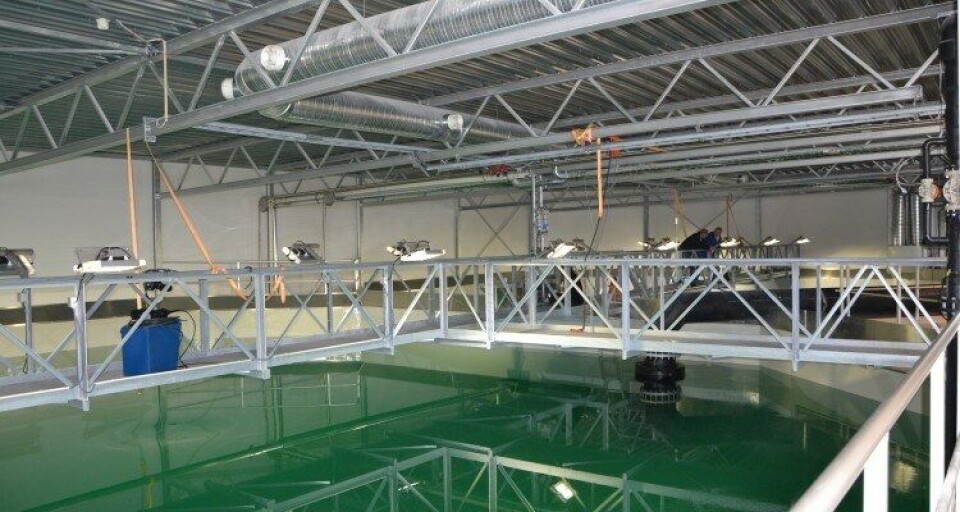
Study: Land-based salmon farming 'can be viable'
A new analysis concludes that "land-based farmed technology can be an interesting and economically viable way of producing salmon".
Amalie Tusvik and Trond Bjørndal from NTNU (the Norwegian University of Science and Technology), compared the economic competitiveness of land-based and sea-based salmon production in their report "Land-based Farming of Salmon: Economic Analysis".
The researchers analysed post-smolt production where fish were grown up to 410 grams or 600 grams on land-based facilities before being set out, and compared that to fish production up to five kilograms where the whole production is on land. Both have been compared with conventional sea-based farming.
Higher price
"The results indicate that salmon producers in Norway still expect a higher price than sea-based breeders. As regards the use of land-based technology combined with sea-based farming (post-smolt), the study found that it is difficult to estimate the effect an investment in post-smolt provides."
When it comes to post-smolt production they refer to the uncertainty surrounding the economic profitability such production will have when lice problems and costs of sea transfer can occur.
"Nevertheless, the analysis shed light on some interesting points with regard to production planning considering post-smolt production," they write.
Significant market risk
It is emphasised that a so-called NPV analysis suggests that there is a potential for land-based salmon farming to be a profitable investment, but the results depend on high salmon prices.
"When one looks at the costs of production, harvesting, processing, transportation and sales-related expenses, we see production costs continue to be higher on land than in traditional farms in Norway. This means that an investor in the Norwegian context is required to take significant market risk - in addition to biological and technological risks," it is stated.
However, due to low volumes, high demand, a good market, a favourable currency situation in Norway, and cost-related challenges in many traditional salmon producing countries, it is believed that there remains an opportunity to establish relatively cost-effective producers on land.
Evolving technology
"Those who take the chance early can expect the technology to evolve and that biological factors are becoming better known, later expanding production so that production costs decline."
They also write that compared with other studies, the estimated production cost in their study is relatively high - although the estimate of Liu et al. (2016) based on the United States is not much lower.
"The same study also found the footprint of land-based salmon produced in the United States is less than from conventional Norwegian salmon sold in the US market."
They point out that land-based technology for fish production is relatively new, so that empirical data on production costs do not exist.
The report is produced on behalf of the Møre and Romsdal County Council – Marint miljøsikrings (Marine environmental protection) and verdiskapingsfond (Value Creation Fund).























































